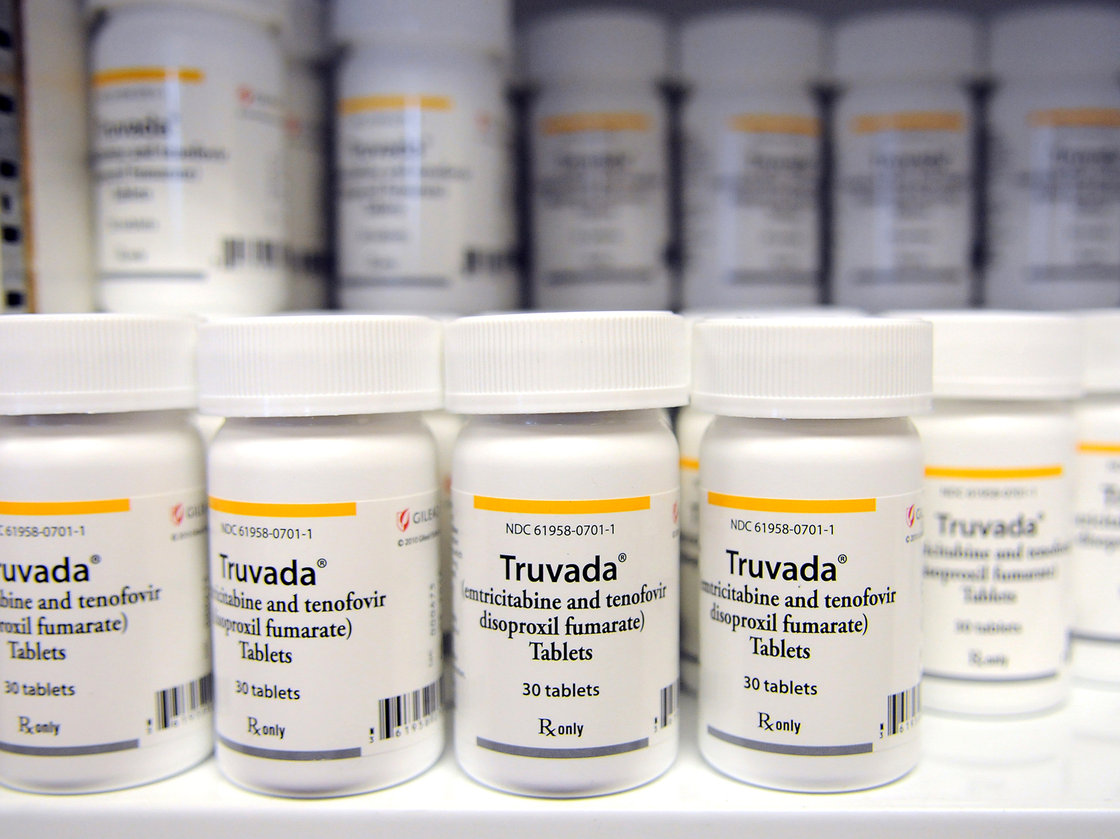On August 29th, 2014, the Los Angeles County PrEP Workgroup, in collaboration with UCLA CHIPTS, Center for Behavioral and Addiction Medicine, AltaMed, Bienestar Health Services, The Wall Las Memorias, and the UCLA Pacific AIDS Education and Training Center (PAETC), hosted “PrEPárate: A PrEP and PEP Summit for Latino Providers” at the California Endowment in Downtown Los Angeles. The event included an opening presentation from Dr. Sonali Kulkarni, Medical Director of the Los Angeles County Division of HIV and STD Programs, who spoke about the evolving role of HIV biomedical prevention in Los Angeles County. Her presentation was followed by two panel discussions, one on pre-exposure prophylaxis and the other on post-exposure prophylaxis. Each panel session included a medical provider, a community planning member, and a client who was using PrEP or PEP. Each panelist shared their unique perspectives and opinions on how to best inform and support the Latino community in understanding PrEP and PEP as a HIV prevention strategy. They addressed key issues related to culture, stigma, and access to these biomedical interventions. This event was attended by about 120 providers who provide direct services to the Latino community (e.g. clinicians, case managers, medical care coordinators, HIV testing staff, health educators, etc.).
The event was sponsored by UCLA Center for HIV Identification, Prevention and Treatment Services (NIMH grant #MH058107) and the Center for Behavioral and Addiction Medicine.
For a copy of the opening presentation, [Download not found]









